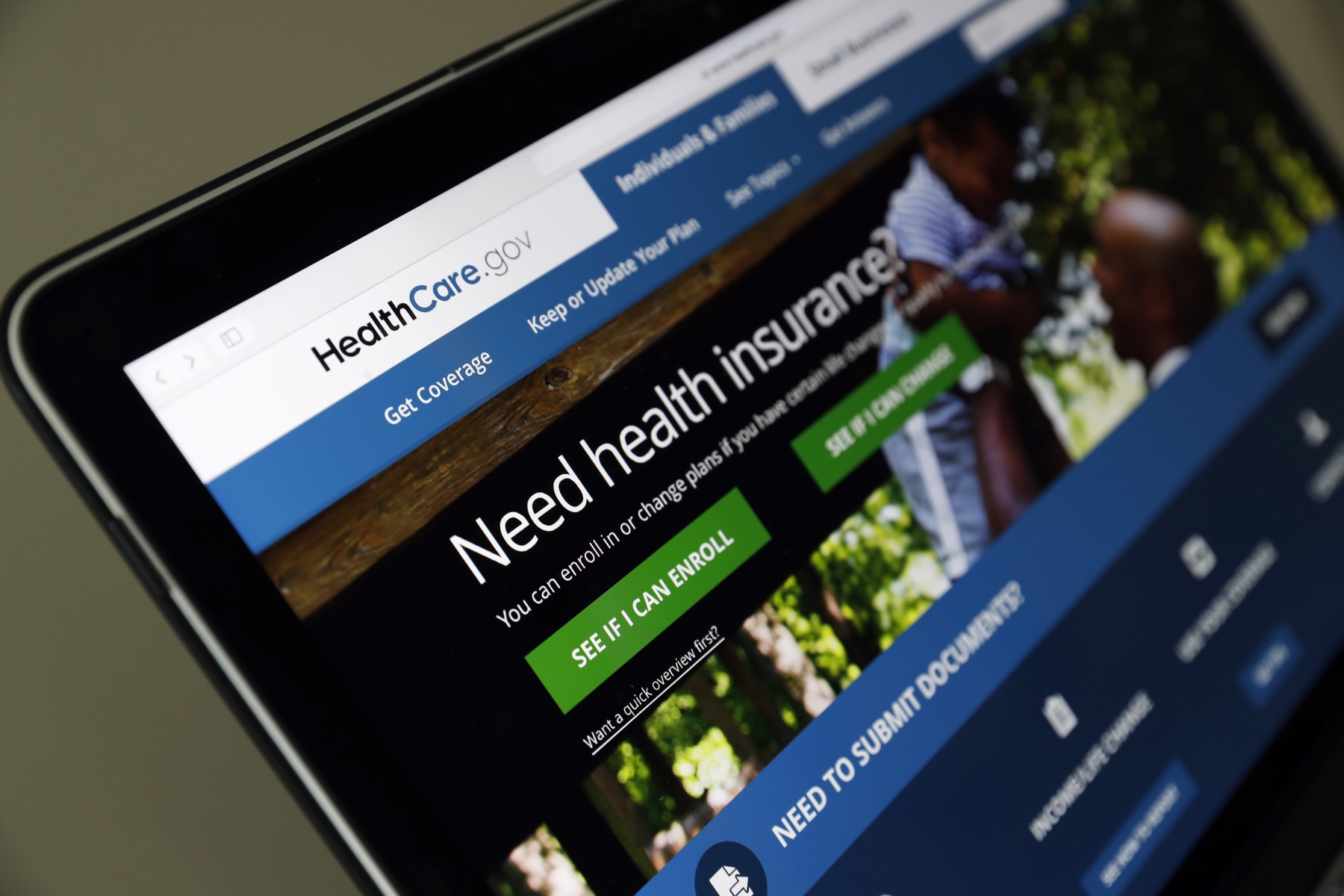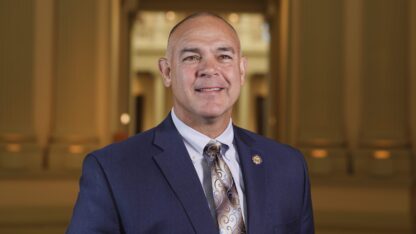Two recent surveys point to an expected but troubling trend: The U.S. rate of uninsured people is rising.
And the increase may continue into next year.
The Commonwealth Fund on Tuesday released a survey of working-age Americans that found that 15.5 percent were estimated to lack health insurance coverage as of February and March 2018. That’s up from 12.7 percent of that group in 2016.
Uninsured rates were also up significantly among adults living in the 19 states, including Georgia, that have not expanded their Medicaid programs, the survey found.
One of five adults living in the South were uninsured, up from 16 percent in 2016, the Commonwealth Fund survey found. Adults were uninsured at a higher rate in Southern states than they were in the Northeast, Midwest and West. The survey of 2,400 adults did not give a state-by-state breakdown of the uninsured.
The report’s authors linked the increase in uninsured people to White House cuts in advertising and outreach during the insurance exchanges’ open enrollment periods, and a shorter enrollment period. The Affordable Care Act, or ACA, established the exchanges for people who don’t get employer-based coverage
The authors also cited a general sense of confusion about the status of the ACA itself, which was passed in 2010 and is also known as Obamacare.
The increase in uninsured is likely to continue, experts say, citing Congress’ abolition of the ACA’s “individual mandate,” which required that most people have health coverage or face a tax penalty.
Former Health and Human Services Secretary Tom Price, in fact, said Tuesday that Republicans’ decision to end the individual mandate without a broader overhaul of the health care system will likely increase costs on consumers who remain in the program, the Washington Examiner reported.
The comments from Price, a physician and former Georgia congressman who left the HHS last fall amid questions over business travel, contrasted with his remarks while in office that the mandate was ineffective, the Examiner noted.
Price told the World Health Care Congress in Washington: “And there are many, and I’m one of them, who believe that [the repeal of the mandate] actually will harm the pool in the exchange market, because you’ll likely have individuals who are younger and healthier not participating in that market, and consequently, that drives up the cost for other folks within that market.”
The impact of the mandate repeal will affect people differently, said Bill Custer, a health insurance expert at Georgia State University. “Younger, healthier people will have less incentive to buy coverage,’’ Custer told GHN on Tuesday.
In addition, he said, some individuals whose incomes are modest but too high to qualify for a subsidy in the insurance exchange may drop coverage also.
The Commonwealth Fund cited two other factors that could rattle the health insurance markets: actions to increase the availability of insurance policies that don’t comply with ACA minimum benefit standards, and support for Medicaid work requirements.
In January, the Gallup/Sharecare Well-Being Index survey reported that the percentage of U.S. adults without health insurance was essentially unchanged in the fourth quarter of 2017, at 12.2 percent. But it was up 1.3 percentage points from the record low of 10.9 percent found in the last quarter of 2016, according to the Gallup/Sharecare survey, which also included people 65 and older, who are almost all covered by Medicare.
The 1.3-point increase in the uninsured rate during 2017 is the largest single-year increase that Gallup and Sharecare have measured since beginning to track the rate in 2008, including the period before the ACA went into effect.
Despite the uninsured rate rising in 2017, it remains well below its peak of 18 percent measured in the third quarter of 2013, just prior to the implementation of the ACA’s exchanges and the insurance mandate.
During 2017 and 2018, the economy has been healthy, so the increase in uninsured is unusual historically, Custer said. A good economy has typically meant that more people have jobs – and thus, employer-based insurance, he noted.
The erosion of coverage also is linked to cuts in ACA subsidies to insurers, which ended up raising premiums to individuals buying coverage on the exchange. Higher premiums have led to more people without insurance, especially in rural areas, where there are fewer people “to cushion the blow’’ and fewer insurers offering coverage, Custer said.
Georgia’s uninsured rate was 12.9 percent in 2016, according to the last report from the U.S. Census, which put the national rate at 8.8 percent. The 2017 percentages will be available later this year.
The final report on Georgia’s exchange enrollment for 2018 found that 480,912 people enrolled in plans on Georgia’s exchange, down from the 493,880 who enrolled for 2017.
The decrease was smaller than anticipated. Custer speculated that last year’s highly publicized political debate about repealing the ACA probably helped keep the health law in the public mind, overcoming the lack of funding for marketing and enrollment in the exchanges, and the general uncertainty over Obamacare’s future.
Health insurers face a June 20 deadline to propose their rates for health insurance exchanges for next year.
Andy Miller is editor and CEO of Georgia Health News







